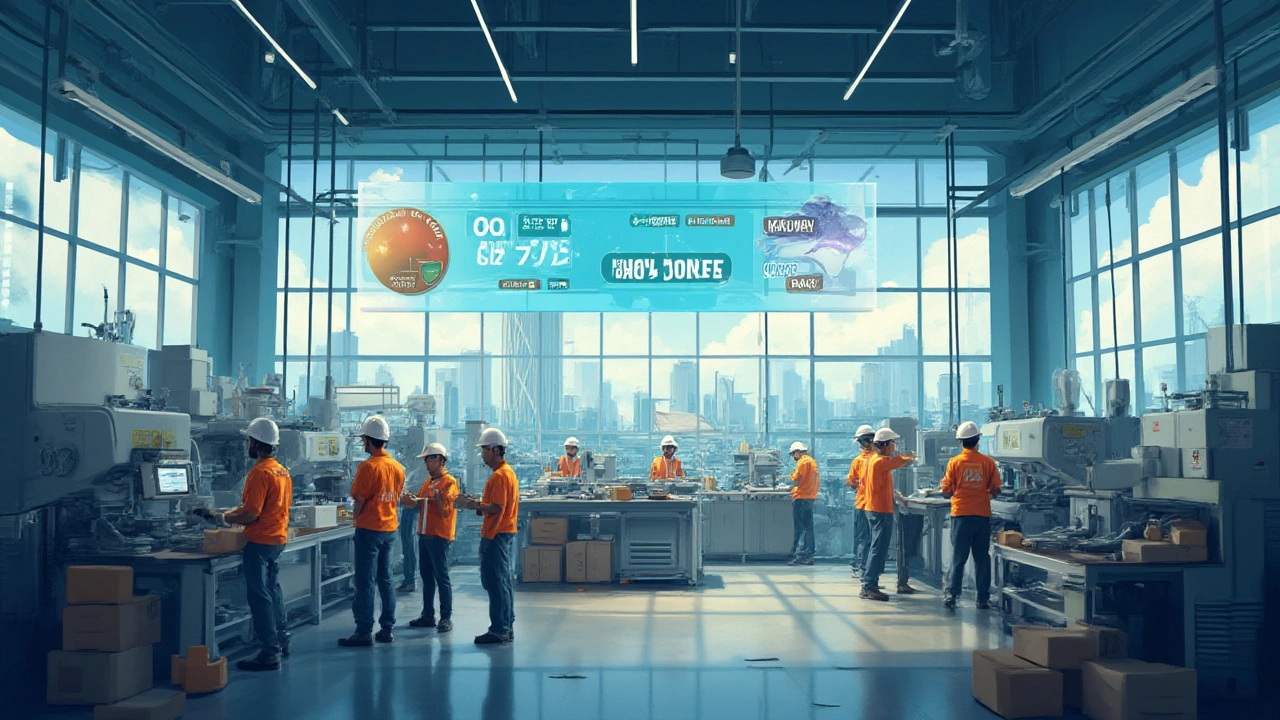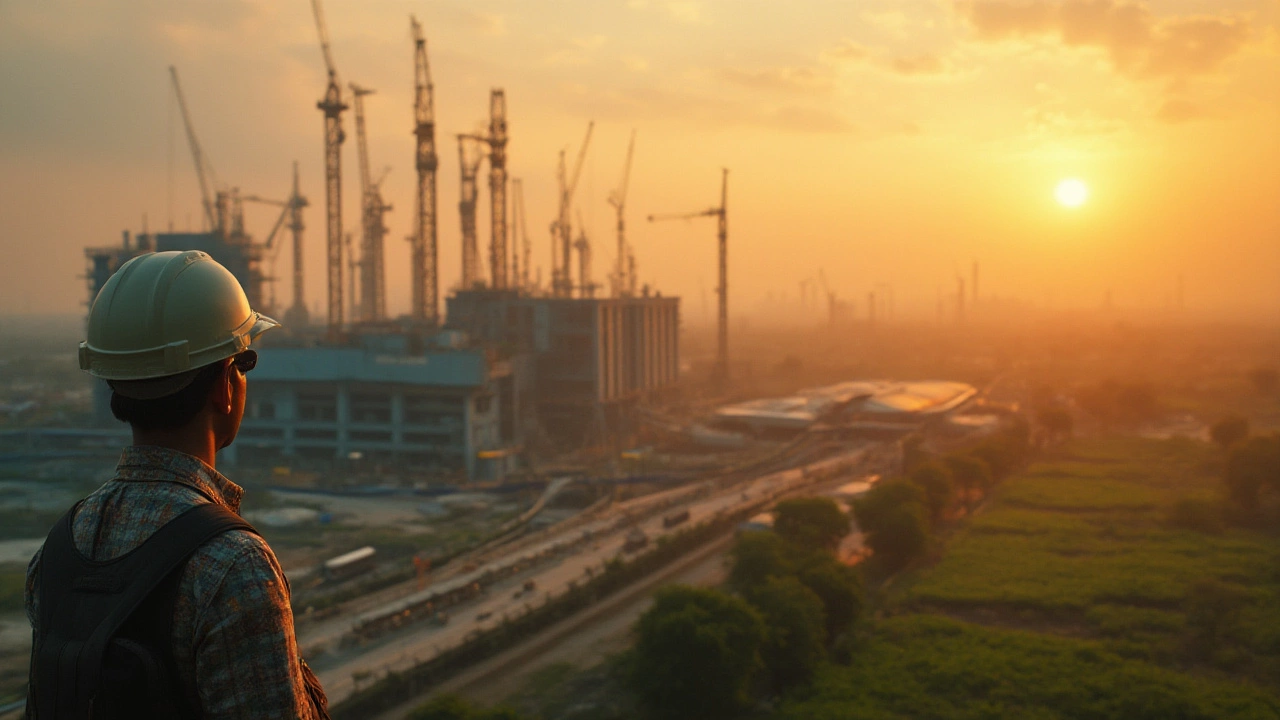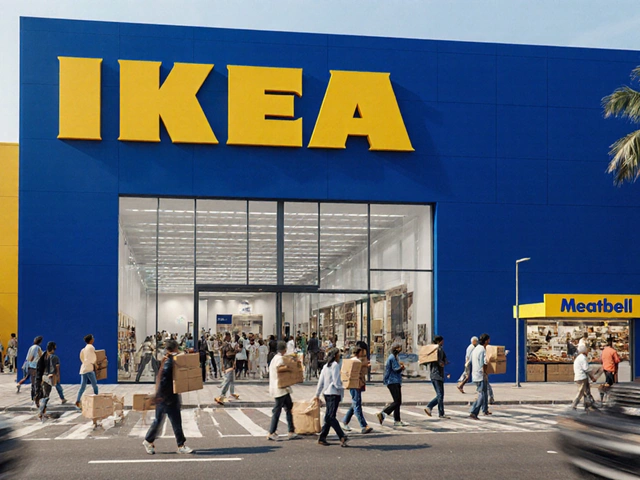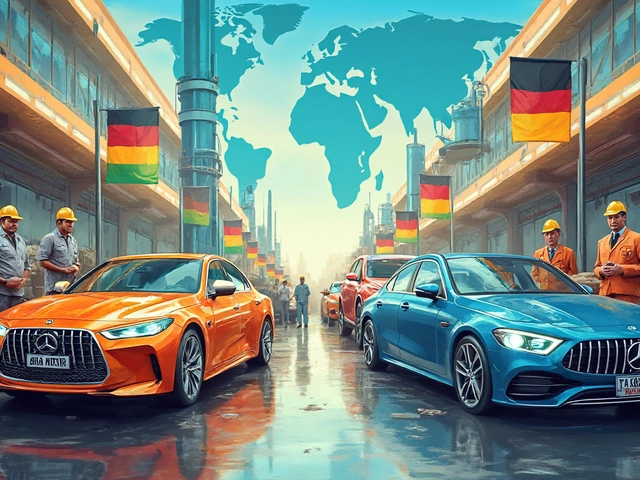Want to know a dirty little secret? The real cost difference in making a widget isn’t about who has the fanciest robots or the largest workforce. It’s about where your factory walls go up. In 2025, when almost every industry gets squeezed by global inflation, knowing where to build your factory isn’t just about saving a few bucks—it could mean the difference between staying in business and shutting your doors. I’ve seen more startup dreams fizzle over site selection than over bad products. Don’t be one of those cautionary tales. Let’s get blunt about what it really costs (and why), where the cheap zones are, and what most guides never tell you unless you dig through government archives.
How Geography and Economics Shape Factory Costs
People throw around the phrase "cheapest place to build a factory" like it’s some kind of universal constant, sort of like saying water is always wet. The truth is, costs bounce all over the place depending on where you are and what you need. For example, China used to be the undisputed king of cheap manufacturing. But after 2022, labor costs there climbed up like someone had poured fertilizer on them. Today, places like Vietnam, India, Mexico, and Indonesia are turning heads for cut-rate setups.
A good friend of mine once built two nearly identical factories: one in Guangzhou, the other in Ho Chi Minh City. He was stunned—the Vietnamese site came in at 34% less, counting everything from land to labor to basic permits. The catch? Stuff like skilled labor availability, logistics, and reliable power aren’t obvious at first glance. You get lured in by rock-bottom land prices, then get tripped up by supply-chain slowdowns or rolling brownouts. Real site selection means balancing all the boring but essential stuff you can’t easily change once you’re locked in.
Let’s look at hard numbers. Average construction costs per square meter in 2025 look something like this:
| Country | Avg. Factory Construction Cost (USD/m²) | Average Wage (Monthly, USD) | Typical Time to Build (months) |
|---|---|---|---|
| Vietnam | 450 | 320 | 7 |
| India | 410 | 280 | 9 |
| Indonesia | 430 | 250 | 8 |
| Mexico | 520 | 400 | 6 |
| China (Tier 2 cities) | 600 | 650 | 6 |
| Poland | 670 | 860 | 7 |
| USA (Southern states) | 1,060 | 3,200 | 8 |
See why international brands are racing into Indonesia and Vietnam? If you’re just chasing the lowest upfront investment, South Asia and Southeast Asia dominate right now. But there’s a twist: not every business can live with the challenges these countries throw at you. Losing weeks waiting for permits or struggling with random import duties? That can wipe out your savings real fast.

Hidden Costs and Incentives: What the Brokers Don’t Tell You
Here’s the kicker nobody puts in the brochures: the “cheapest place” can quickly become the most expensive if you don’t look past the sticker price. Sure, Vietnam will let you lease factory land at bargain rates in places like Binh Duong or Long An, but did you know the local rulebook changes almost every year? One guy I know spent four months just translating government circulars, only to have the tax holiday he counted on get cut short. India offers crazy tax incentives for manufacturing in special economic zones (SEZs), but there’s a stack of paperwork that could make even the most energetic entrepreneur give up and go home.
Mexico is another interesting story. You get NAFTA (now called USMCA) benefits, lightning-fast shipping to the US, and semi-skilled workers for about 12 bucks a day. But corruption and cartel issues? They’re real, and you don’t find those in any glossy PDF. I spent a week in Querétaro last year and you literally needed a fixer just to get a construction permit cleared on time. Mexico’s industrial parks are some of the fastest, but the security costs add up—and nobody really advertises that up front.
The trick is to get granular. Ask questions like: How stable is the local currency? How hard is it to get environmental clearances? What’s the real cost of logistics from my new plant to the ports or customer bases? And don’t get fooled by “special zones” until you’ve talked to someone actually operating there. I’ve heard from manufacturers who got lured by promised power discounts, only to have blackouts sabotage their output at exactly the busiest time of year.
Here are some real-world tips if you’re chasing the cheapest home for a factory:
- Always visit proposed sites in person. Online photos rarely show that the "main road" is two feet deep in mud every rainy season.
- Talk to other manufacturers in the area. If you can’t find them, that’s a red flag in itself.
- Double-check what “tax holiday” really means—some deals require you to hire a minimum number of locals, or only apply if your raw materials are 70% locally sourced.
- Factor in the cost of delays, not just construction. Delays on permits or basic infrastructure can sink your timeline and budget.
- Don’t ignore insurance or disaster risk. Cheap land at the edge of a floodplain isn’t really a bargain if you’re underwater twice a year.
I can’t count how many stories I’ve heard from guys who thought they found “the cheapest place,” then had their costs double because of a labor strike, customs holdup, or changing local politics.

Country-by-Country Hotspots: Where to Find the Real Bargains in 2025
By now you’re probably wondering—where do you actually go? Here’s how the field stacks up if you’re after the best spot to build a factory on the cheap in 2025:
- Vietnam: The standard-bearer for affordable and stable factory construction right now. The country’s government is hungry for foreign investment, especially in the north (Hanoi, Bac Ninh) and south (Ho Chi Minh City, Dong Nai). They’re fast-tracking permits, investing in ports, and offering up to 15-year corporate tax holidays for “high priority” industries—think electronics, garments, and consumer goods. Labor costs are reliably low, and supply chains are maturing rapidly. Risks? Language barriers and bureaucracy (expect surprise paperwork), but the infrastructure is catching up fast.
- India: If you want the cheapest place to build factory in terms of both land and labor, India’s “Make in India” push is living up to the hype. Gujarat, Tamil Nadu, and Andhra Pradesh offer dirt-cheap industrial parks and special incentives for foreign investors. Construction material is affordable, there’s a giant workforce, and states compete for new plants. On the downside, red tape is a beast—expect months arranging permits and keeping inspectors happy. Transportation inside the country is still rough if you’re far from ports.
- Indonesia: Jakarta pulls in plenty of investment, but the real deals are outside Java—in places like Batam or Bintan, you can snag low-cost land, super-cheap skilled labor, and access to ASEAN markets. Indonesia sweetens the pot with tax breaks for export-oriented factories. Challenge: supply lines there can be flaky, and natural disasters (volcanoes, floods) aren’t uncommon.
- Mexico: Still a front-runner for nearshoring to the US market, with the advantage of solid trade deals. Baja California, Nuevo Leon, and areas around Mexico City are buzzing with foreign-owned factories built in half the time of many Asian projects. Logistics are first-rate. But security costs and occasional regulatory shakeups drive some investors nuts.
- Eastern Europe (e.g., Poland): If you want somewhere in Europe but not EU-level sticker shock, Poland and Hungary offer decent labor rates, good infrastructure, and some of the lowest electricity costs in the EU. The cost to build is about 60% lower than in Germany or France. Not the world’s cheapest, but attractive for European markets.
For very small-scale operators or specialized products, even Bangladesh or Cambodia can pop up as strong contenders, especially if the product is labor-intensive and basics like electricity aren’t make-or-break. But quality control gets tricky, and it’s not everyone’s cup of tea.
People always ask: where would you build if you had to pick today? I’d consider Vietnam or India for electronics and clothing, hands down. For anything bulky and bound for North America, Mexico is hard to beat for total landed cost. But ask me again next year—governments move the goalposts all the time. Elena says I spend too many evenings poring over spreadsheets and trade data, but hey, it beats flying blind with a seven-figure investment.
A final word: don’t just chase rock-bottom prices. The best deal is the one that does all your math—cost, risk, workforce, and market access—and lands you in the black year after year. Cities and countries rise and fall fast in this game, so do your homework, talk to people on the ground, and keep your options open. Nobody wants to brag about getting the world’s cheapest site if it ends up costing everything to keep the doors open.





